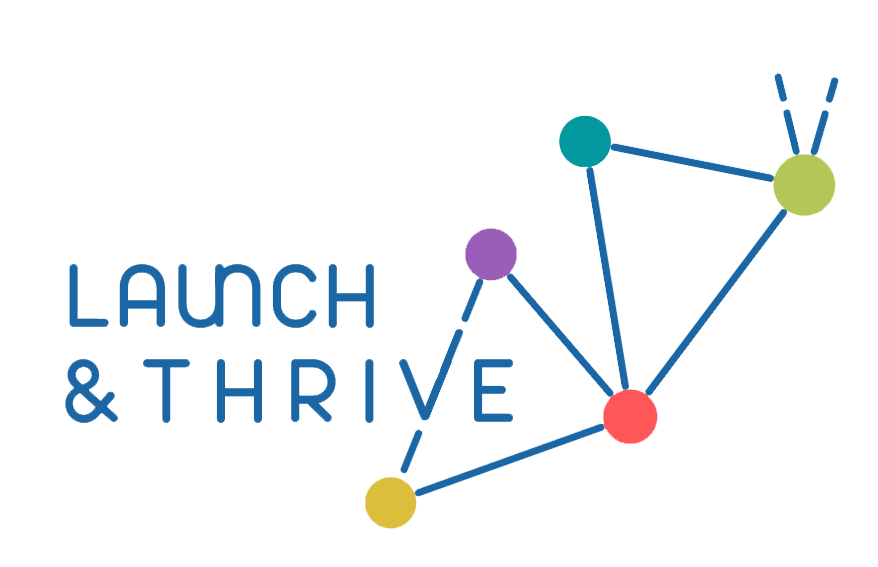Integrating concepts: when the ecovillages meet design

4. How do these concepts complement each other?
There are certainly differences of course - this is the reason we decided to combine them! We will show it in the example of comparing social permaculture to the two other methodologies.
Social permaculture has certain elements that may not be as prominently emphasized in design thinking but are crucial for network development:
First, an ecosystem and environmental integration. Social permaculture explicitly integrates ecological principles into the network design process, considering the relationships between human systems and the natural environment. It focuses on creating harmonious and regenerative systems that benefit both people and the planet. Design thinking may not emphasize this ecological integration to the same extent!
Second, ethical and social justice framework. Social permaculture often operates within an ethical framework that includes principles such as "care for people," "care for the Earth," and "fair share." It prioritizes social justice, equity, and community well-being as integral components of any development process. While design thinking may touch on empathy and community engagement, it may not explicitly emphasize ethical principles to the same degree.
Thirdly, of course, permanence and long-term sustainability. Social permaculture is rooted in the concept of permanence, aiming to create systems that endure and thrive over the long term. It considers intergenerational sustainability and designs with future generations in mind. Design thinking may not necessarily emphasize the same degree of long-term sustainability and intergenerational impact.
Next is cultural regeneration. Social permaculture seeks to regenerate cultural practices, traditions, and knowledge within communities. It values local wisdom and encourages the revitalization of cultural heritage as an integral part of sustainable design. While design thinking may consider cultural context, it may not focus as explicitly on cultural regeneration.
Fifth is community empowerment and ownership: Social permaculture places a strong emphasis on community engagement, empowerment, and ownership in the design process. It involves local communities in co-designing and co-creating solutions that meet their specific needs. While design thinking may involve user-centred approaches, it may not necessarily emphasize the same level of community empowerment.
Lastly, natural patterns and biomimicry: Social permaculture draws inspiration from natural patterns and biomimicry, looking to nature's designs for guidance in creating sustainable human networks. It seeks to emulate the efficiency, resilience, and adaptability found in natural ecosystems. Design thinking may not always incorporate this emphasis on mimicking natural processes.
Social permaculture's strengths lie in its ecological integration, ethical framework, focus on long-term sustainability, cultural regeneration, community empowerment, holistic systems design, and inspiration from natural patterns. These elements may not be as prominently featured in the design thinking approach, which focuses on problem-solving, innovation, personal growth, and narrative structure.
